Rosemary is one of the most treasured herbs, grown in practically every kitchen garden in the tropics. It is easy to manage but requires some attention to keep it happy, healthy, and thriving.
Rosemary, Salvia Rosmarinus, is a perennial aromatic herb native to the Mediterranean region and is well-adapted to growing in sunny locations. However, it can be grown in partial shade, resulting in considersble changes to its appearance.
For years I struggled to grow Rosemary in containers and in the ground. Still, I could not get them to live past a year, so I constantly had to purchase new plants until I learned one simple trick.

This article explores some of the lessons I leaned from propagating, growing, and caring for Rosemary plants, in less than ideal conditions, as well as some compelling reasons to do so.
Can Rosemary Be Propagated?
Rosemary is a perennial evergreen plant belonging to the Lamiaceae family. It has needles like leaves, woody stems, and fibrous roots, which sometimes grow out of the joints on the stems and branches.
Rosemary can be propagated from seeds, cuttings, or air layering. However, the most common form of propagation is cuttings from semi-hardwood sections of the rosemary plant.
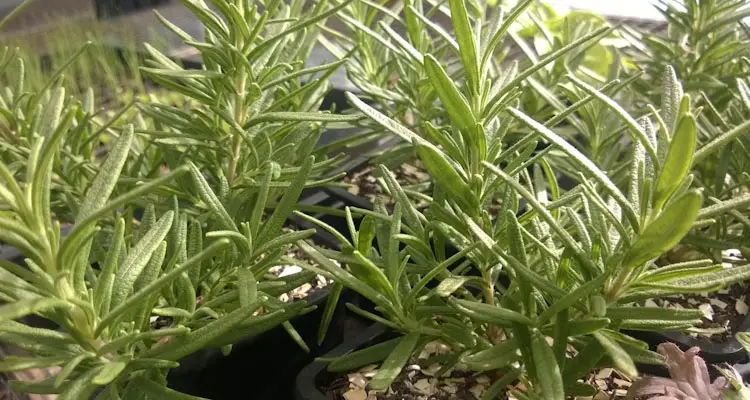
You can purchase and use seeds if you want a unique variety, but be aware that these are tiny and generally very slow to germinate, if at all.
How to Grow Rosemary From Cuttings (Photos)
Rosemary is easy to grow from cuttings, provided you choose the right part of the plant and a suitable environment. Here are the steps I use to propagate Rosemary from cutting, with a decent success rate.
Step 1: Collect The Material
Before you get started, you will need the following items.
- Pieces of Rosemary
- Pruning Shares Or Scissors
- Tray Or Container
- Potting Mix
- Rooting Hormone
- Plastic Bag or Large Container
Now that you have your tools and materials, it is time to prepare the cuttings for planting.
Step 2: Prepare The Cuttings
Cut a piece of Rosemary branch and remove the soft tip and challenging lower section. You want a firm but somewhat flexible area.
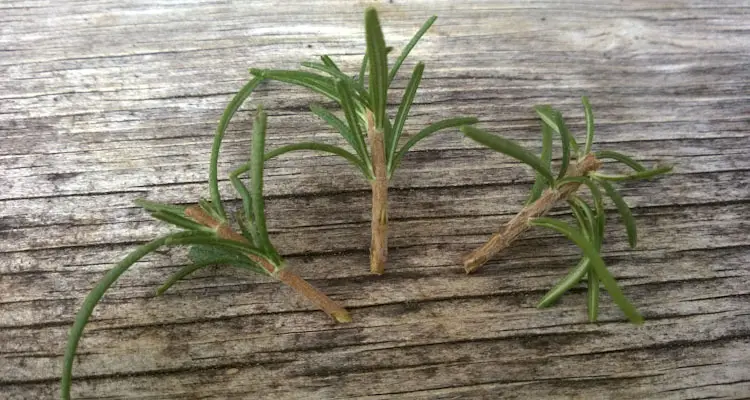
Divide the brands into short cuttings, about three to four nodes long. Each place where leaves grow from the brands is considered a node.
Remove the leaves from the lower node and dip them into some rooting hormone. You can use a commercial rooting powder or liquid. However, you can also experiment with cinnamon or aloe vera.
Step 3: Place In Tray
Moisten some potting mix and place it into the planting containers. You can use large-celled trays, flower pots, or recycled cups.
Stick the rosemary cuttings into the moistened potting mix and gently press around the base to ensure it is firm. Spray the potting mix with some water using a spray bottle, or dip the container into some water until the soil is wet.
Place the tray into a white or transparent plastic bag. Tie and place it into a cool shaded area, away from direct sunlight. The plastic bag or large container prevents excessive evaporation but can quickly heat up if exposed to sunlight.
Step 4: Test and Transplant.
Test the cutting after 14 days to see if they were successful. You will be able to identify healthy cuttings by their appearance. If they are green and show new growth, gently pull on the plant to confirm root growth.
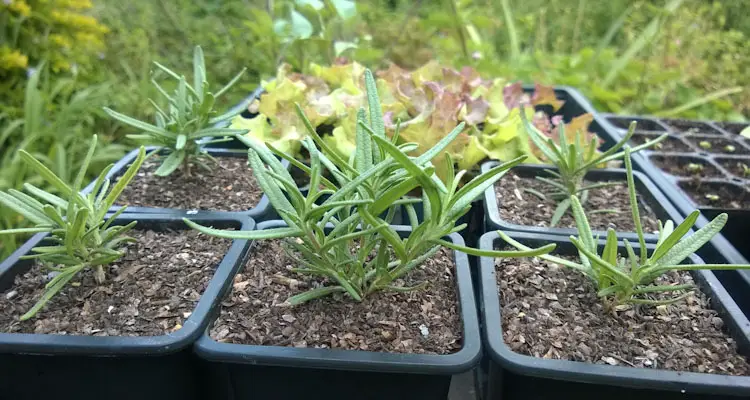
Let the cutting grow for another month, then transplant them to a larger pot or producing container.
Gradually introduce the plant to an area where it can receive plenty of sunlight as it develops, allowing it to dry out slightly before watering.
Note: You can continue to “pot up” the Rosemary plants as they get larger or transplant them to the garden bed, which is well-drained and receives enough sunlight.
How To Care For Rosemary Plant
Rosemary is easy to care for, provided it is grown in suitable conditions. The plant is hardy and somewhat drought tolerant, with some species surviving cold temperatures. Nevertheless, there are some things you should do to ensure they thrive.
1. Water Only When Necessary
Rosemary prefers to grow in well-drained soils. In other words, they don’t do well when overwatered. In fact, they tend to thrive in soils that are allowed to dry out periodically.
However, you should ensure they are not exposed to drought conditions for extended periods. Typically, you can water the area deeply if you notice that the top 2” of soil has dried out.
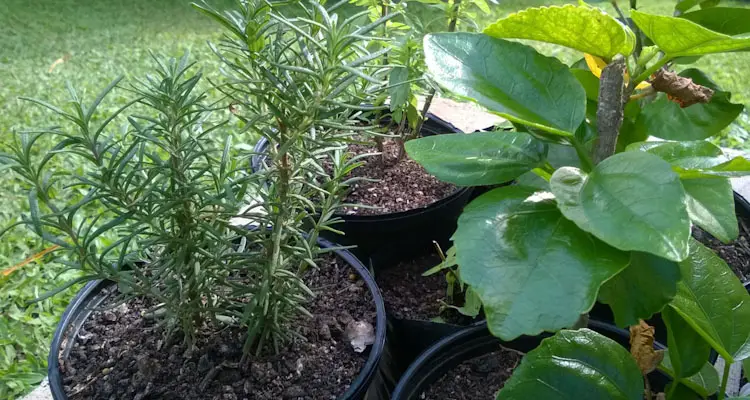
I noticed that my region’s garden centers and plant nurseries add small gravel to the soil in Rosemary pots. They do this to aid drainage after transplanting since our soil gets waterlogged during the rainy season.
2. Prune or Harvest Regularly
Rosemary overgrows under ideal conditions, preventing lower leaves from receiving light. If left unchecked, they become brown and woody and eventually die.
Pruning Rosemary plants stimulate new growth and create a more compact tree. This can be done naturally while harvesting or as part of maintenance. You should cut the plant about two nodes above the woody growth to prevent it from extending unless doing so for aesthetic reasons.
Pruning allows the free flow of air and evaporation of excess moisture, resulting in a healthier, relatively disease-free plant. Also, prune neighboring plants if their shade caused abnormal growth of your Rosemary shrubs.
Note: For years, I was not aware that I had to prune my plants regularly, and they usually developed into long woody twigs, which failed to regrow when harvested.
How To Use Rosemary
Traditionally, Rosemary was brewed as tea, distilled into an essential oil, or infused into other liquids. However, most people simply use it as a seasoning to flavor dishes such as stew soups and sauces.
Green Seasoning
Rosemary is an aromatic herb with a robust flavor. It is often used fresh to season meats, fish, or dishes on the whole. However, it can also be dried, but the quantity should be adjusted accordingly.
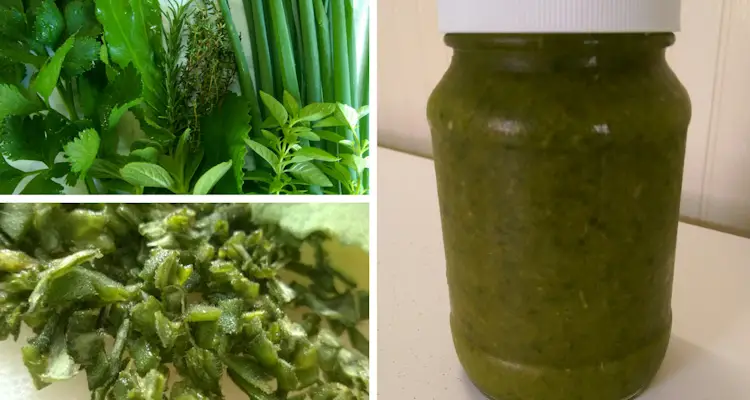
Ideally, you should combine Rosemary with other potent herbs like Jamaican Oregano and Shadow Benny to make liquid Green Seasonings. In doing so, you can balance their flavors and preserve them for later use.
Whether fresh or dried, its flavor is potentially overpowering and should use carelessly.
Essential Oil
Rosemary contains a valuable essential oil proven to have culinary, therapeutic, and possible health benefits. This oil is extracted through steam distillation and mixed with other oils or ingredients based on its intended use.
For example, Rosemary essential oil can be infused into blanks and burned as incense or insect repellents. It can also be added to diffusers and used in aromatherapy and other similar applications.
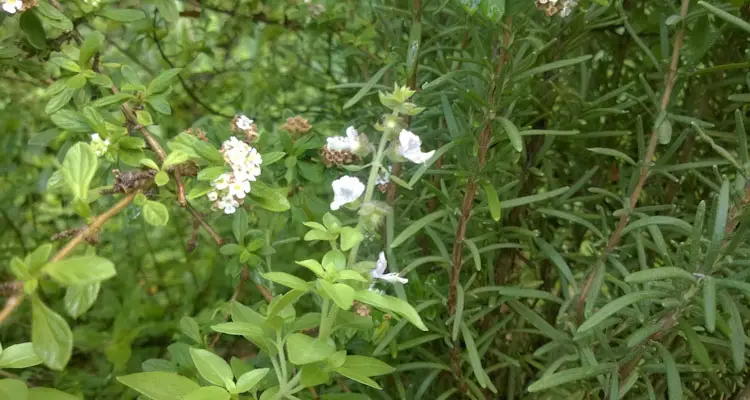
Rosemary essential oil is concentrated and should be mixed with a carrier oil if intended to be used on the skin for massage or other applications.
Oil Infusion
It is also possible to infuse Rosemary into other substances such as vegetable oils. This simple process results in a milder solution used in food or even applied to the skin.
Rosemary Tea
You can brew Rosemary into a tea, which can be consumed or inhaled as part of steam therapy. Simply add a small piece of Rosemary into boiling water for a minute or two, then turn off and allow to steep for 5 to 10 minutes.
Benefits Of Rosemary Tea and Oil
Rosemary has been used for its perceived medicinal and therapeutic benefits, which seem plausible but are yet to be confirmed.
Rosemary’s essential oil contains many compounds known for their antioxidant and anti-inflammatory properties. Studies suggest its effectiveness in stopping and potentially reversing hair loss and its possible application as an insect repellent or pesticide.
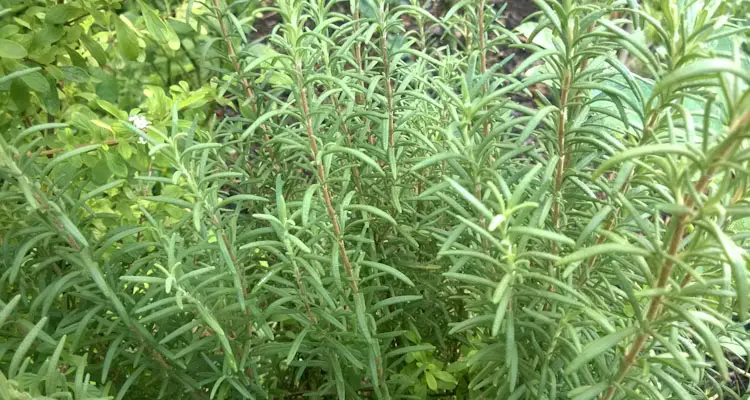
Traditionally, Rosemary was used in folk remedies to treat everything from minor pains to mild depression, with many people swearing to its effectiveness. Unfortunately, there isn’t much conclusive evidence to support most of these claims.
However, Rosemary has been studied extensively for its insect repellent properties and possible use in natural pesticides. Its essential oil effectively repelled blood-sucking insects such as mosquitoes and killed certain mites.
Final Thoughts
Rosemary is an aromatic herb with needle-like leaves that can grow in various environments but readily adapt to different climates and growing media.
It is a versatile plant whose essential oil is treasured for its medicinal and therapeutic benefits. It is widely used in food preparation to season meats and add flavor to dishes.
Rosemary is always an excellent plant in your garden, requiring little maintenance and countless benefits. However, based on your location, it will require some additional care and attention to thrive.
Related Questions
Can Rosemary And Basil Be Planted Together
Rosemary and Basil can be planted together, provided they have adequate spacing and well-drained soil. They do not readily hinder each other’s growth, provided you do not disturb the ground when carrying out routine plant maintenance.
References
Fraser Valley Rose Farm. Propagate Rosemary From Cuttings. [Video]. YouTube. Uploaded November 21, 2020
Health Line. 14 Uses And Benefits Of Rosemary. healthline.com. Accessed June 2022
Research Gate. Varieties Of Rosemary. researchgate.net. Accessed June 2022
Royal Botanical Gardens Kew. Salvia Romarinus Spenn. pow.science.kew.org. Accessed June 2022

